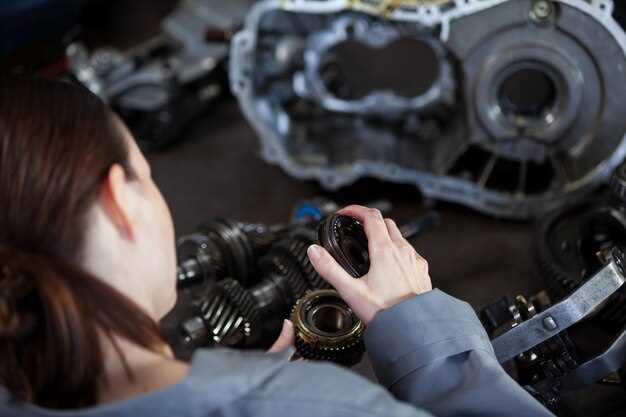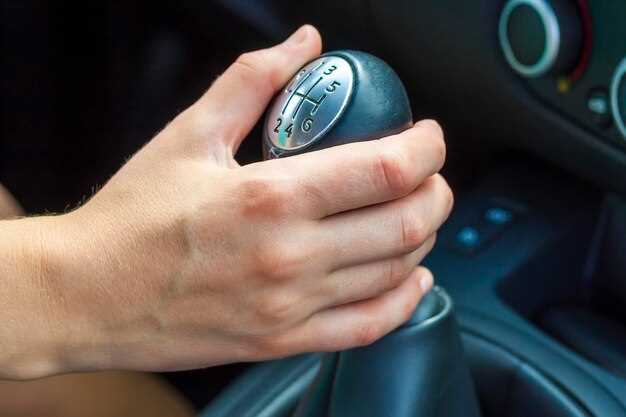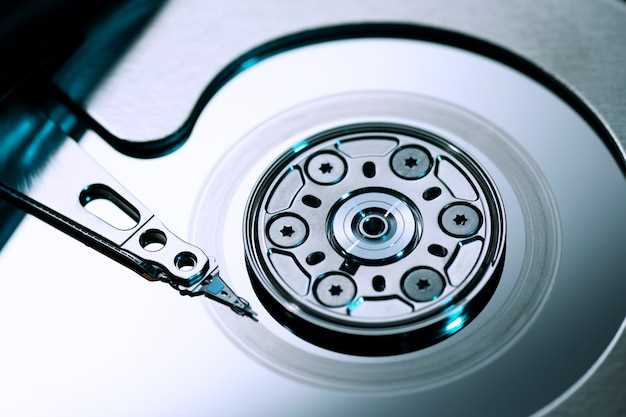
Ball joints are critical components in the suspension system of vehicles, connecting the steering arms to the wheels. These joints allow for the free movement of the wheels in response to steering input while maintaining stability. Their proper functioning is essential for ensuring that the driver has complete control over the vehicle, particularly in emergency situations. As such, the condition of ball joints directly affects steering safety.
When ball joints wear out, they can lead to misalignment of the steering system, resulting in poor handling and unpredictable vehicle behavior. Events such as uneven tire wear and increased stopping distances may arise from neglected ball joints. If damaged joints are not addressed promptly, they can compromise the entire suspension system, endangering not only the driver but also passengers and other road users.
In addition, the role of ball joints in maintaining the integrity of the arms that connect the wheels to the vehicle’s frame cannot be overstated. These components must endure significant stress and movement, and any degradation can lead to catastrophic failure if left unchecked. Regular inspections and maintenance of ball joints are crucial for ensuring that a vehicle can respond predictably to steering inputs and maintain safe road performance.
How Worn Ball Joints Compromise Vehicle Control
Worn ball joints significantly affect vehicle control by compromising the integrity of the suspension system. Ball joints connect the control arms to the steering knuckles, allowing for smooth movement and pivoting as the vehicle navigates turns and uneven surfaces. When these joints wear down, they can create excessive play in the steering system, leading to imprecise handling and delayed response times.
As ball joints deteriorate, vibrations and noises often become apparent, indicating that critical suspension components are failing. This wear can result in misalignment of the wheels, causing uneven tire wear and jeopardizing the vehicle’s stability. Drivers may experience a sensation of looseness in the steering wheel, making it difficult to maintain a straight path, particularly at higher speeds.
Moreover, compromised ball joints can lead to increased stress on other suspension components, such as control arms and tie rods. This cascading effect can further diminish overall vehicle control, increasing the risk of losing traction or responsiveness during critical maneuvers. In extreme cases, severely worn ball joints could result in complete failure, with the potential to cause an accident.
Regular inspections and timely replacement of worn ball joints are essential for maintaining vehicle performance and safety. Addressing wear early can prevent larger issues and ensure that steering remains precise and responsive, ultimately protecting both the driver and passengers from accidents caused by compromised control.
Identifying Signs of Ball Joint Failure for Preventative Maintenance

Ball joints are critical components in a vehicle’s suspension system, connecting the control arms to the steering knuckles. Regular inspection of these joints is essential for maintaining steering safety. Identifying signs of ball joint failure can prevent further damage and enhance vehicle performance.
One of the primary indicators of ball joint failure is abnormal tire wear. Uneven or excessive wear patterns on tires often result from compromised joints, leading to misalignment. This not only affects handling but also increases the risk of accidents.
A noticeable sign can also be detected through steering behavior. If the steering feels loose or requires more effort than usual, this may indicate that the ball joints are worn. Any unusual noises, such as popping or clunking sounds when turning or going over bumps, are additional red flags that should not be overlooked.
Visual inspections can reveal other signs of potential failure. Look for visible damage, such as cracks or excessive grease leakage around the ball joint boot. A torn boot allows contaminants to enter, which can accelerate wear and lead to failure.
When conducting preventative maintenance, it is beneficial to have a mechanic check the ball joints during routine service. Tightness and movement can be assessed by wiggling the control arms with the vehicle lifted. Any excessive play could indicate that the ball joint needs replacement. Regular monitoring and addressing these symptoms early can significantly enhance steering safety and extend the lifespan of your vehicle’s suspension system.
The Role of Control Arms in Maintaining Steering Stability

Control arms play a crucial role in the overall steering stability of a vehicle. They are responsible for connecting the steering knuckle to the vehicle’s frame and provide a pivot point for the wheel’s movement. This pivotal mechanism allows the wheel to respond effectively to steering inputs, ensuring that the vehicle follows the intended path.
One of the key components associated with control arms is the ball joint, which serves as the connection point between the control arm and the steering knuckle. Ball joints allow for the necessary range of motion in the suspension system, enabling the wheel to move up and down while also turning left or right. The proper functioning of these joints is critical for maintaining steering accuracy and stability during operation.
Worn or damaged control arms can lead to instability in steering, making it difficult for drivers to maintain control. Misalignment can occur when control arms lose their integrity, which can result in erratic steering responses and increased wear on tires. Regular inspection of control arms and their associated joints is essential to ensure optimal performance and safety.
Ultimately, the relationship between control arms and ball joints is integral to a vehicle’s steering system. By providing strong support and allowing for controlled movement, they collectively enhance driving safety and improve the overall handling experience. Ensuring these components are in good condition is vital for maintaining effective steering stability.

